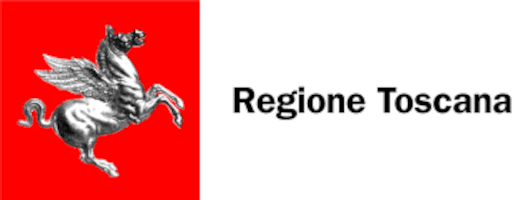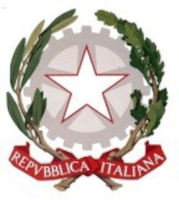

If you look from a distance it seems little more than a dark dot in an immense expanse of blue water; in Greek its name means goat (aegilium indeed). It is little inhabited, small, but if you get close you realize that it is only one to discover and full of surprises. Born from a pluton of incandescent magma it is formed predominantly of granite, a rock of volcanic origin that has cooled very slowly and gave time to the various minerals present within the magma to crystallize and form very solid bonds, hence the characteristic hardness and compactness. The granite does not flake and is eroded very slowly, so the coasts of Giglio are sweet and rounded.
The Etruscans and the Romans were among the first to inhabit them and the latter were the first to realize that the rock on the island was of excellent quality. They began to pluck it out and expose it as building material throughout the Mediterranean, so much so that the most recent studies on the building materials of different archaeological and artistic sites of different eras have made it possible to draw a detailed map of the trade routes of this material: there are granite columns of Giglio in Egypt, in the cathedral of pisa, in the baptistery of Florence, in the church of the Holy Cross of jerusalem, in the church of the Gerolomini in Naples and in many other sites of the ancient Roman empire.
The east coast of the island is dotted with ancient and recent quarries and the oldest is that of Foriano, opened by Julius Caesar and exploited at least until the nineteenth century. Today the export of granite has been abandoned, but for centuries it has been an important economic resource for the island, so much so that some place names of the island are still linked to the activity of quarrying and to that of the stonemasons who worked in the quarries: Columns and Cava Grande are just a few examples.



PIANO DI SVILUPPO E COESIONE – PSC TOSCANA
INTERVENTI DI CUI ALLE RISORSE FSC DELIBERA CIPESS 26/2021
Supporto alla valorizzazione dell’immagine della Toscana – Maremma Toscana Area Sud
Progetto Maremma Toscana Area Sud